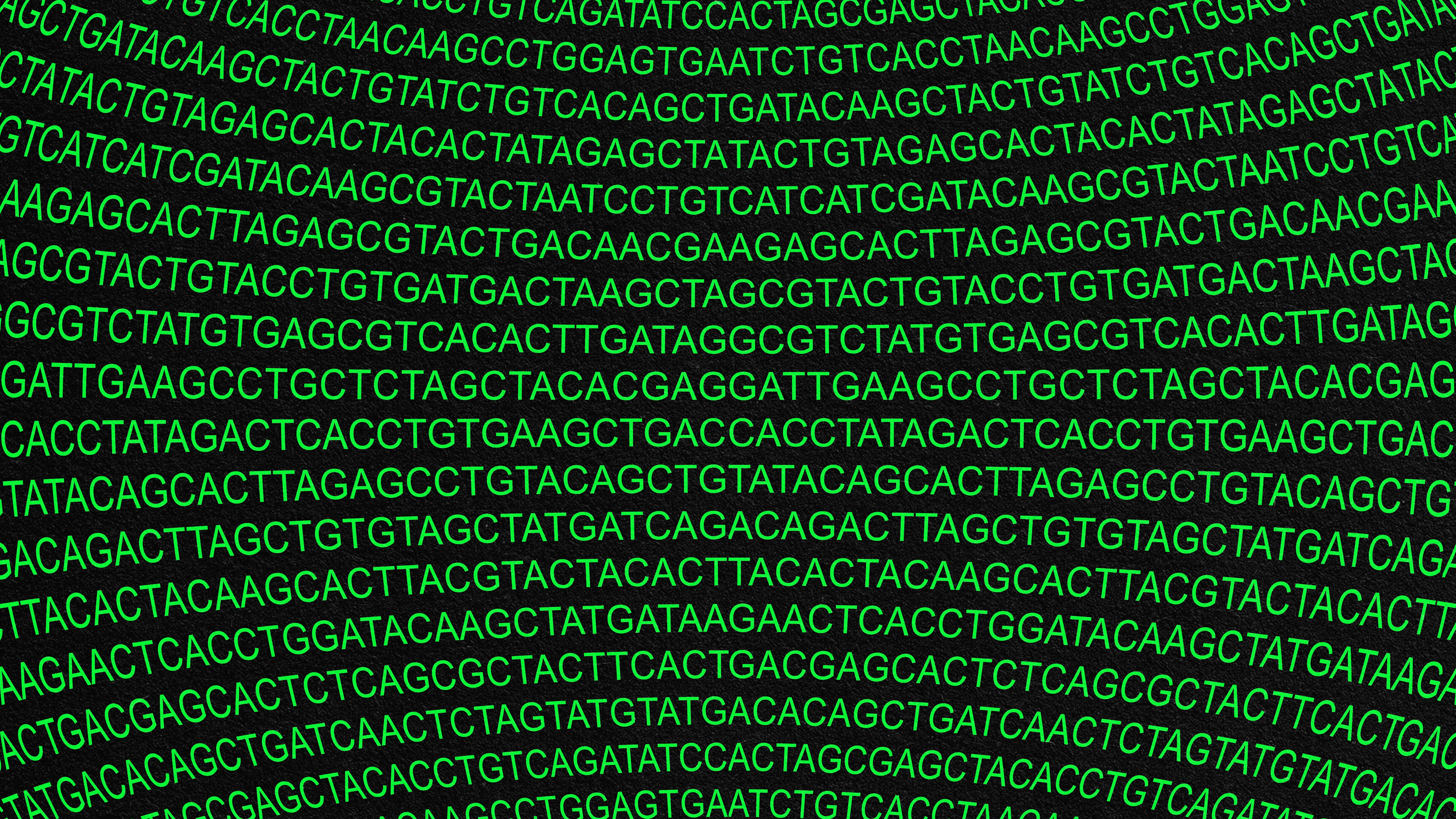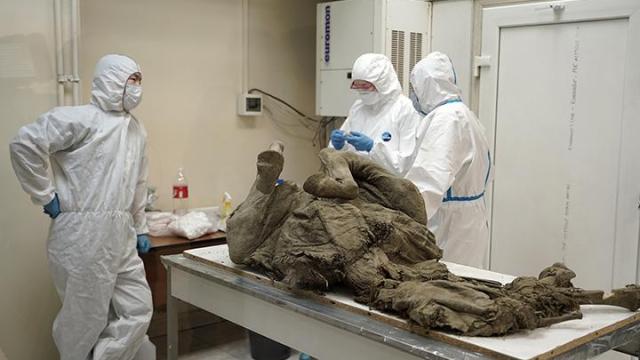Watch first ever dancing DNA video made by researchers

Credit: University of York
- UK scientists create first ever video of DNA performing dance-like movements.
- The visualization was accomplished using high resolution microscopy and computer simulations.
- The advanced level of detail in the technology may lead to new therapies.
DNA makes dance-like movements inside cells, show new videos from researchers in UK’s Universities of York, Sheffield and Leeds.
They developed footage using the highest resolution images of a single molecule of DNA ever taken, demonstrating how DNA inside cells can change shape.
Previous imaging of DNA, also known as Deoxyribonucleic acid, used microscopes that produced only static images. The videos now produced by the researchers employed advanced atomic force microscopy and supercomputer simulations to achieve the visualization feat.

The images exhibit a tremendous amount of detail, showing the position of each atom in the double helix structure of DNA as the molecules twist and turn.
The reason for the DNA writhing dance? The molecule needs to find a way to fit quite a lot inside a cell. Each human cell is comprised of about 2 meters of DNA strands. The whole body, with roughly 50 trillion cells, would have about 100 trillion meters of DNA. That’s per human.
To make the fit possible, DNA resorts to twisting, turning and coiling.
Dancing DNAwww.youtube.com
In particular, the researchers examined DNA minicircles, where molecules are joined on both ends, forming a loop. The minicircles may be useful as indicators of health and aging, found previous research from Stanford. This structure allowed the scientists to twist the molecules, making the DNA “dance.”
In comparison to images of untwisted DNA, where little movement was observed, molecules with added twists became very dynamic and took on unusual shapes. These dance-like moves help the molecules to find binding partners for the DNA, concluded researchers. Trying a greater amount of shapes leads to a stronger likelihood of attracting another molecule.
The study’s co-author Dr. Agnes Noy, lecturer in the Department of Physics at the University of York, explained just how precise their analysis has become: “The computer simulations and microscopy images agree so well that they boost the resolution of experiments and enable us to track how each atom of the double helix of DNA dances.”
“Seeing is believing, but with something as small as DNA, seeing the helical structure of the entire DNA molecule was extremely challenging,” said the study’s first author Dr. Alice Pyne, a material scientist from the University of Sheffield, adding” The videos we have developed enable us to observe DNA twisting in a level of detail that has never been seen before.”
The scientists believe that the new level of detail with which they can now study DNA can lead to new therapies.
Check out the study published in Nature Communications.





